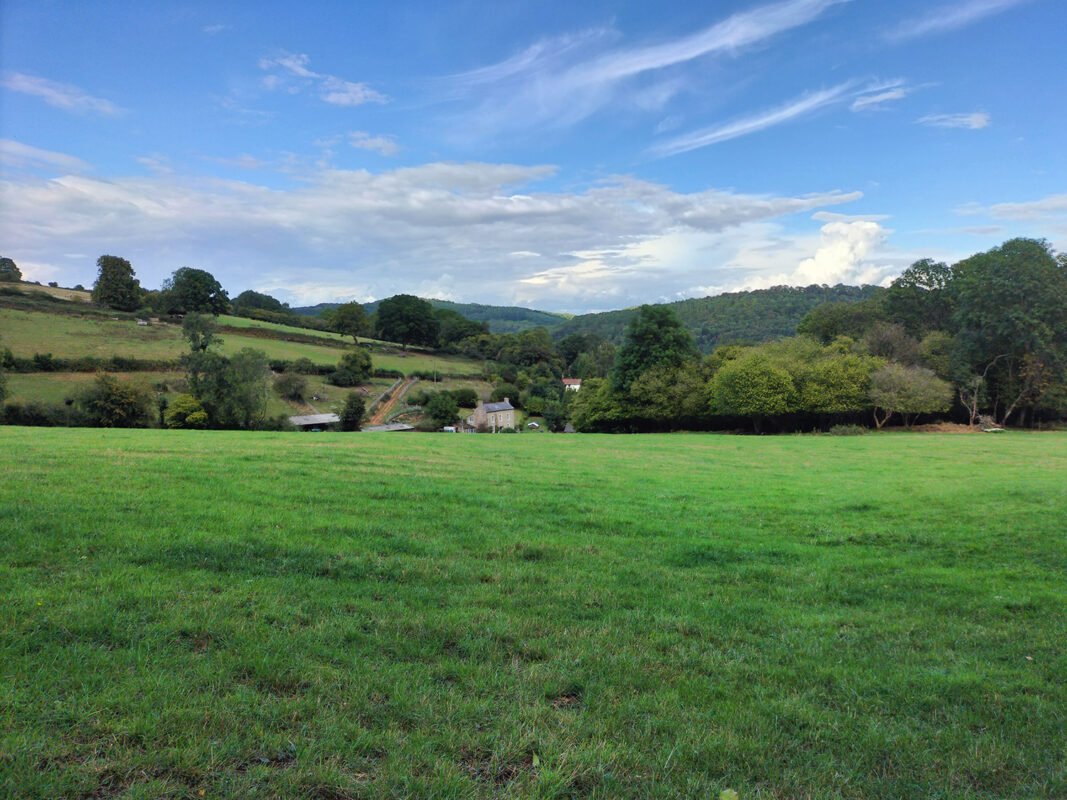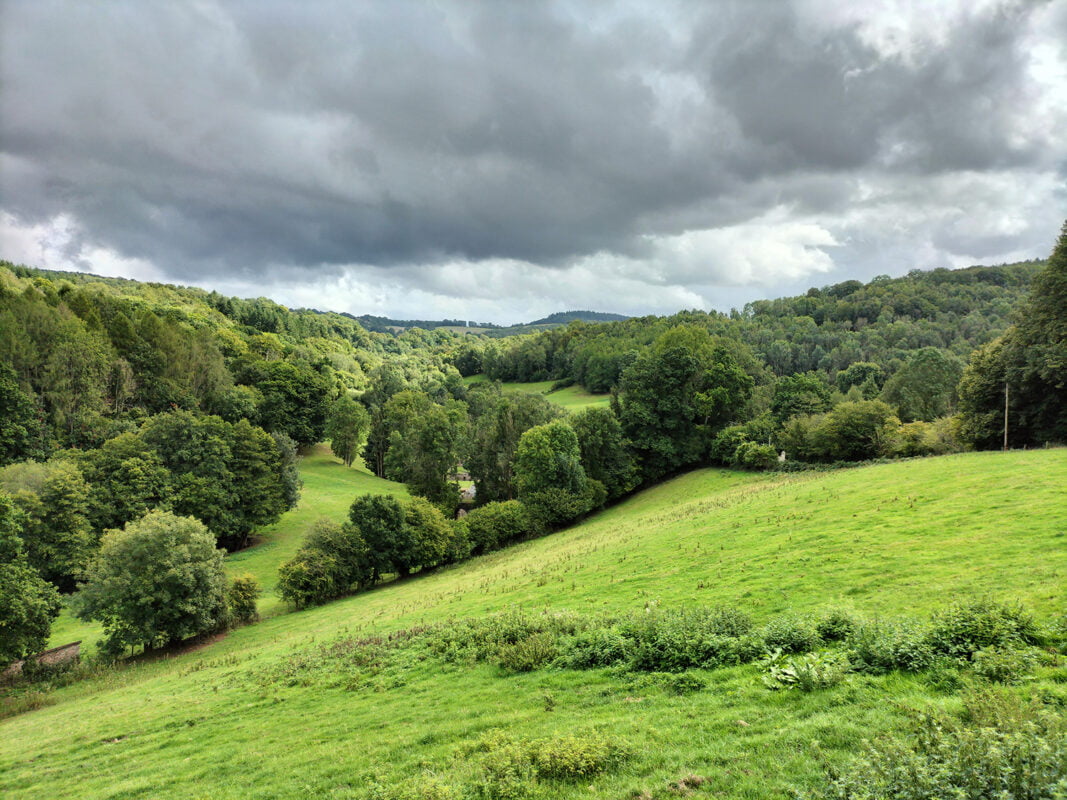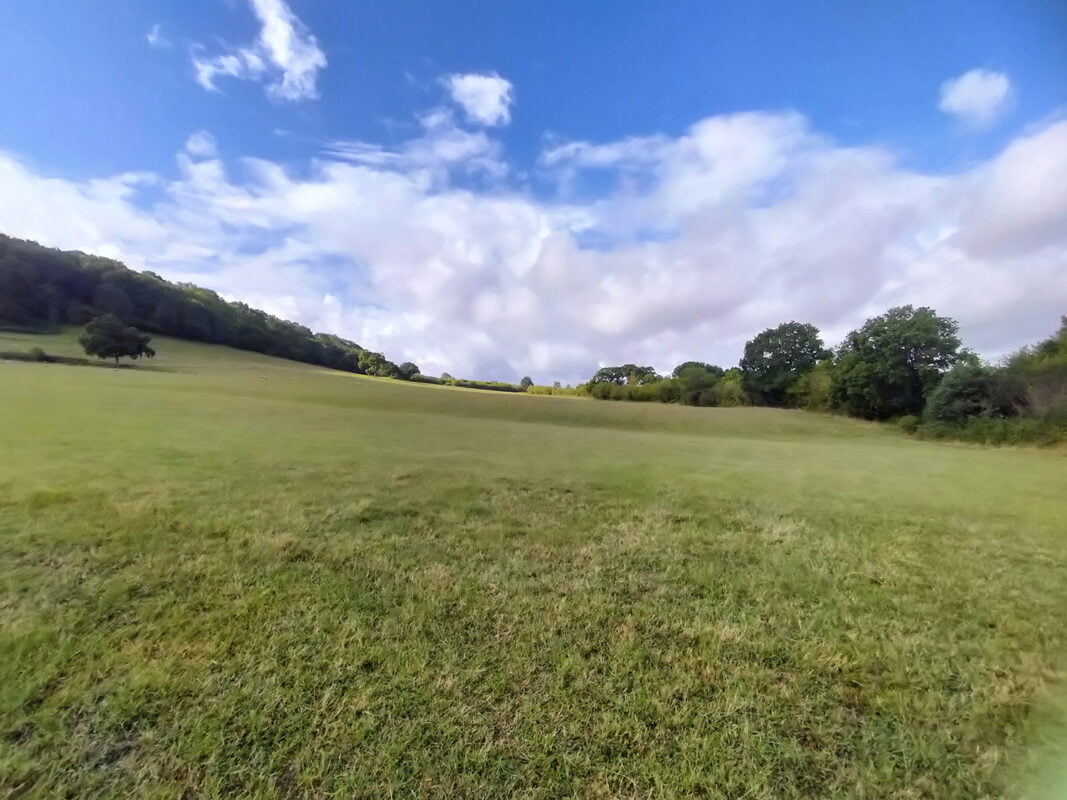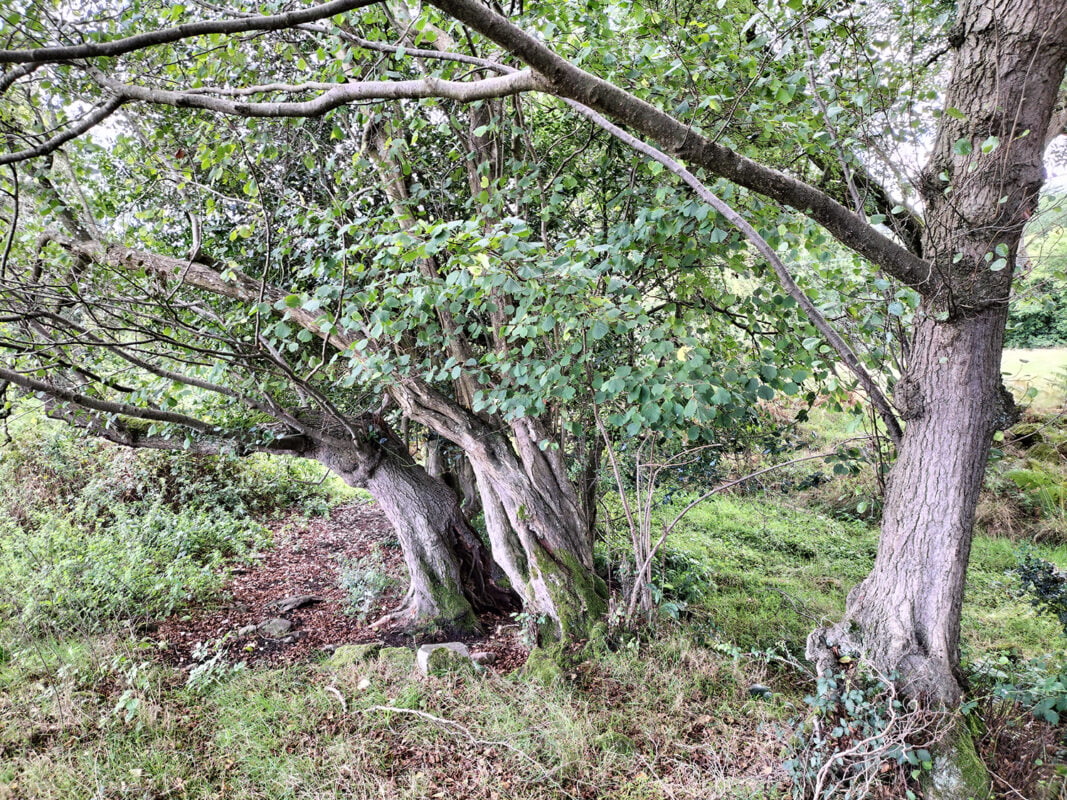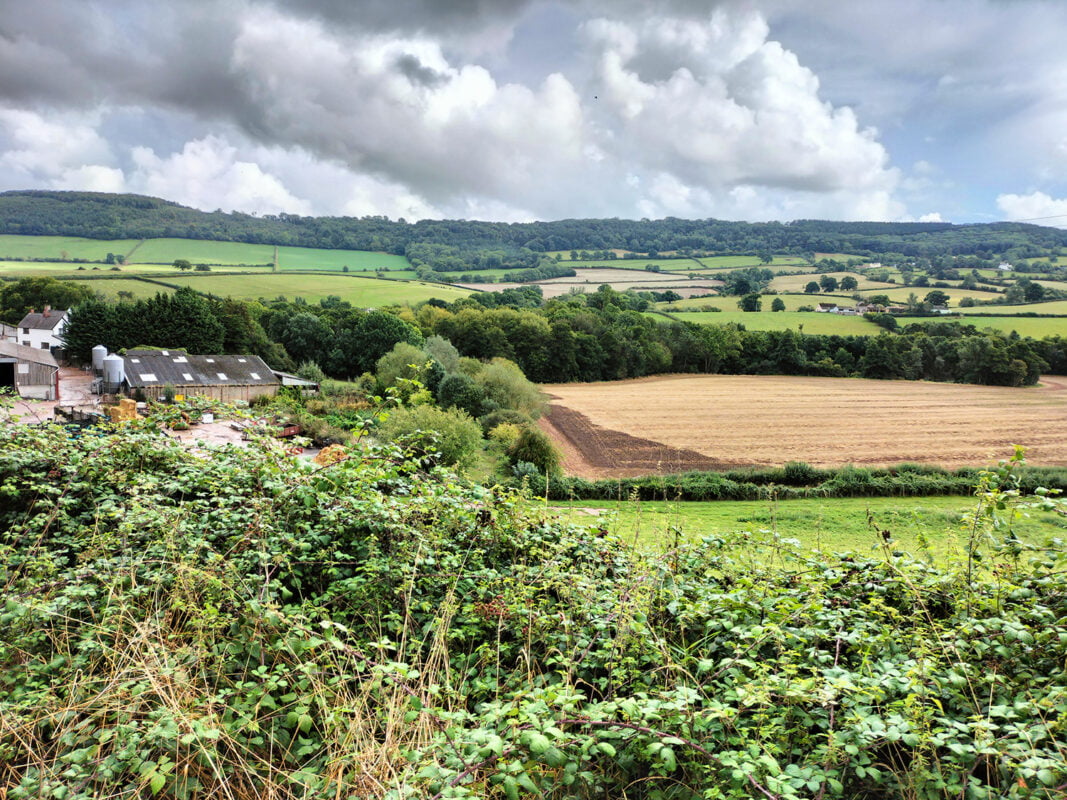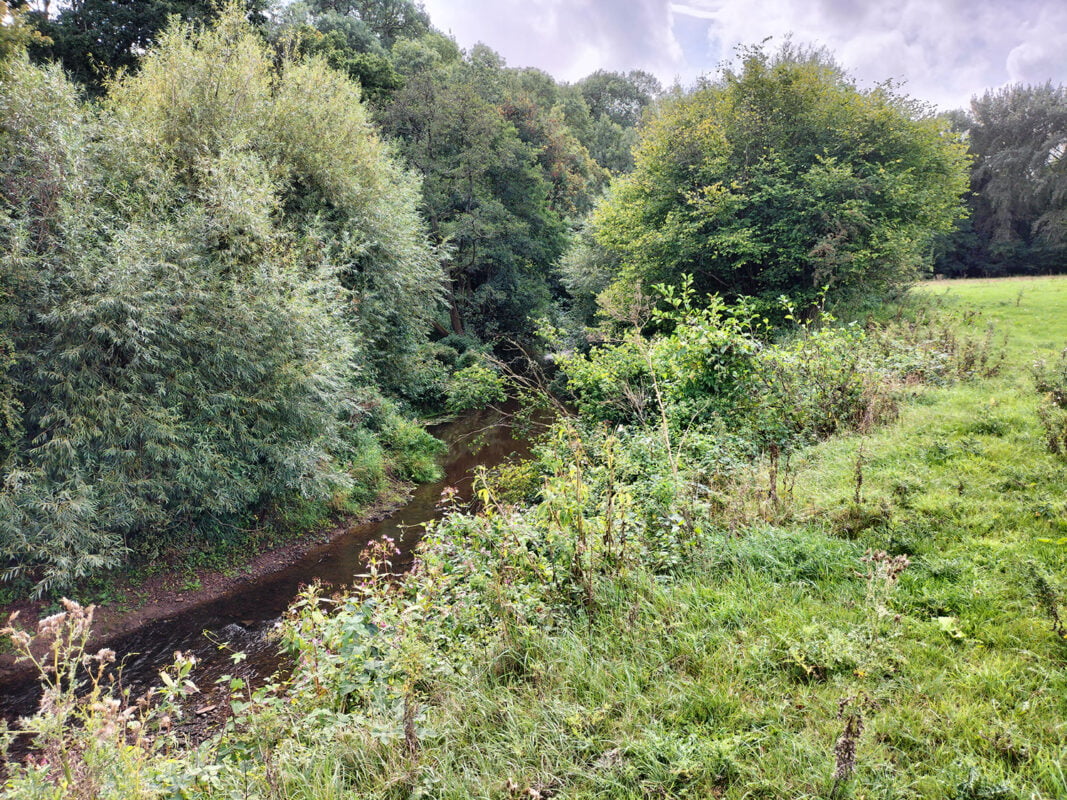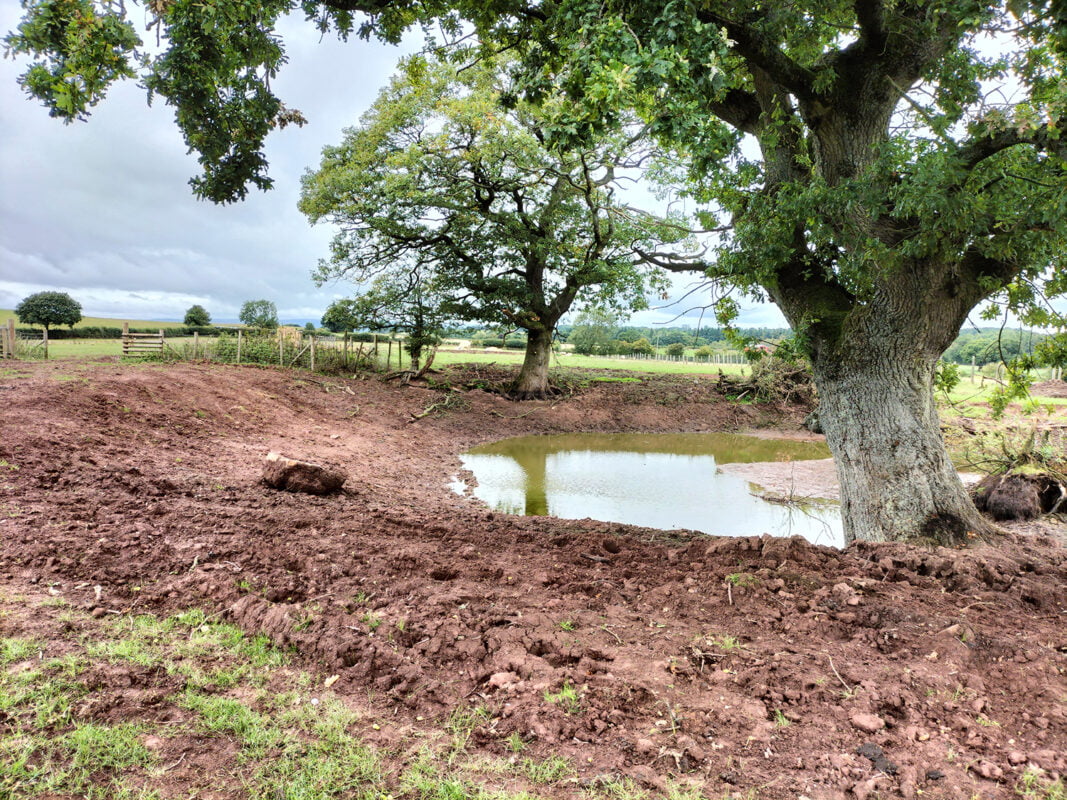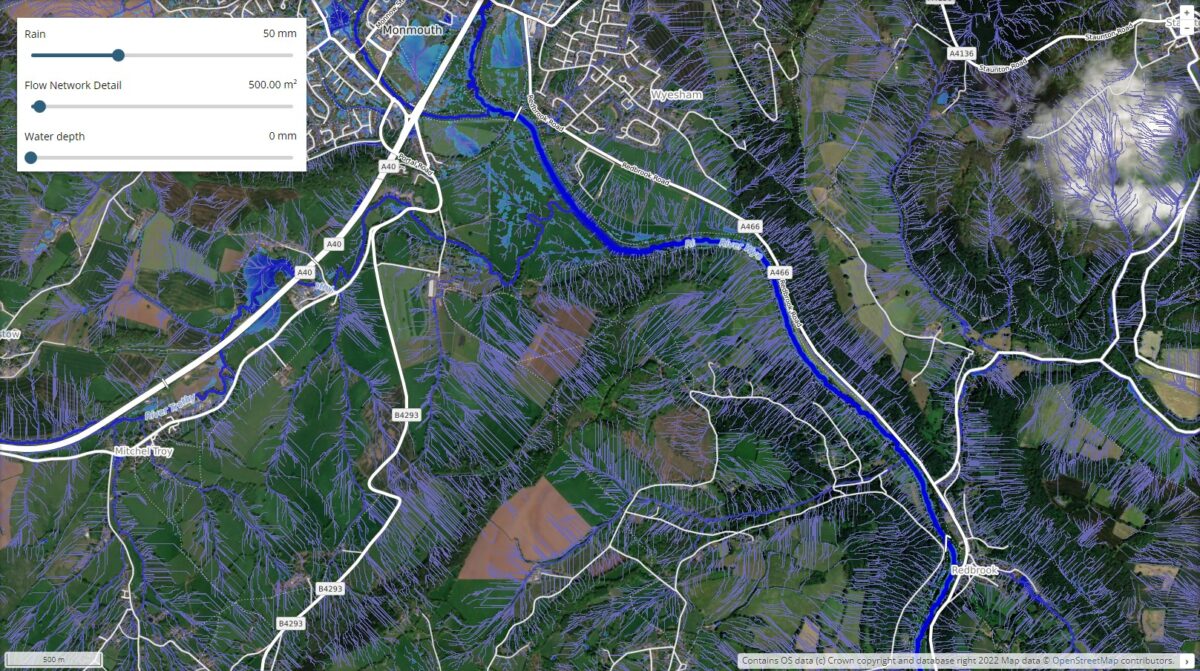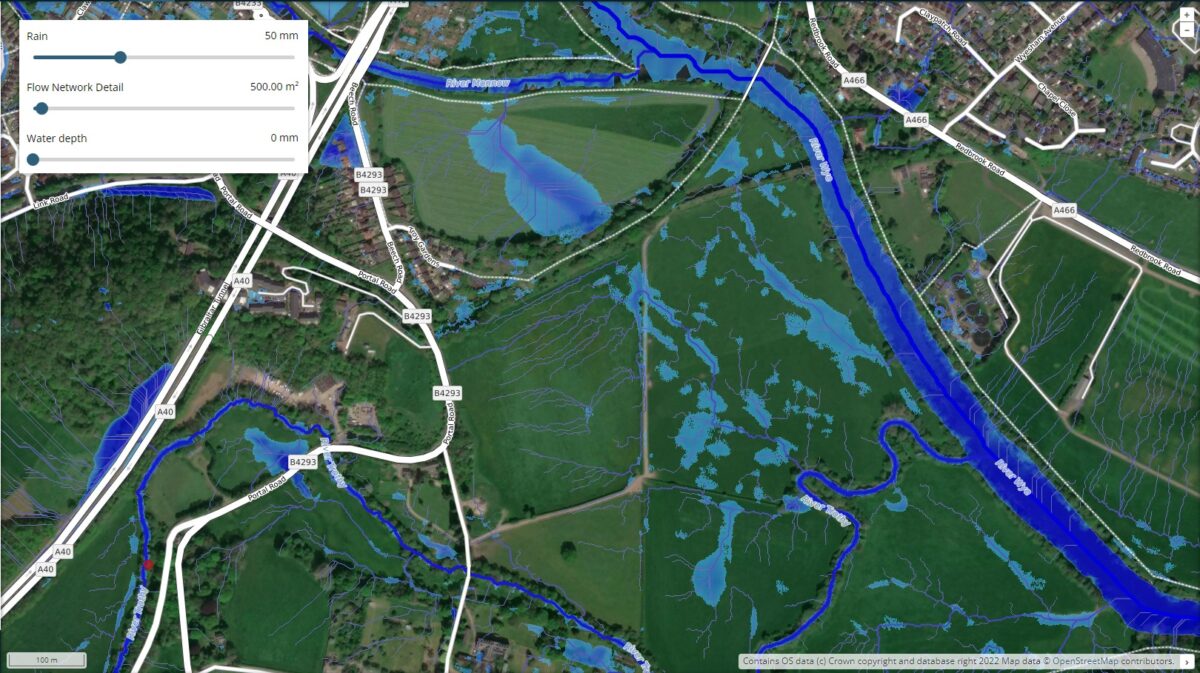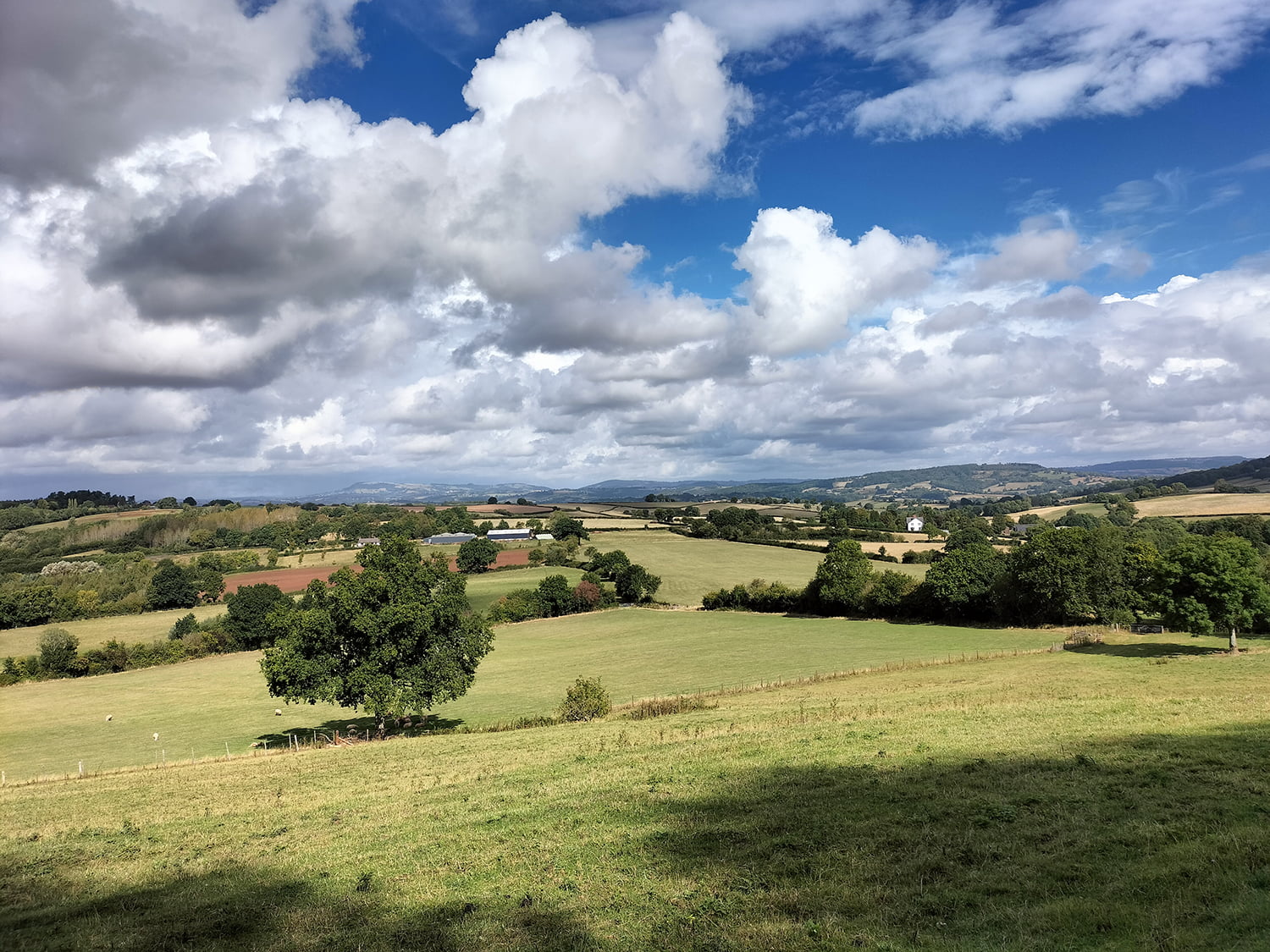
The Wye Valley Area of Outstanding Natural Beauty (AONB) Unit (now known as the Wye Valley National Landscape) commissioned TEP to deliver targeted farm advice in the Monmouthshire part of the Wye Valley AONB in order to develop small scale habitat enhancement and connectivity interventions. The project was part of a wider scheme with Gwent Wildlife Trust and The Woodland Trust to deliver the overall Lower Wye Valley Nature Networks Project with support from the National Lottery Heritage Fund (NLHF). The scheme allowed match funding to be given to farmers and landowners to improve habitat condition and connectivity on their land.
TEP reached out to a number of organisations to compile a list of potential farms to contact about the scheme with a bespoke information flyer produced in English and Welsh. A total of 10 farms agreed to participate in the scheme and were visited by consultants in August and September 2022.
Summary reports were produced for each farm. These listed an introduction to the project, farm overview, previous conservation actions, basic soil and hydrology commentary, description of current ecological habitats, information on consenting requirements and site-specific ecological opportunities. All reports were supplemented with opportunity maps.
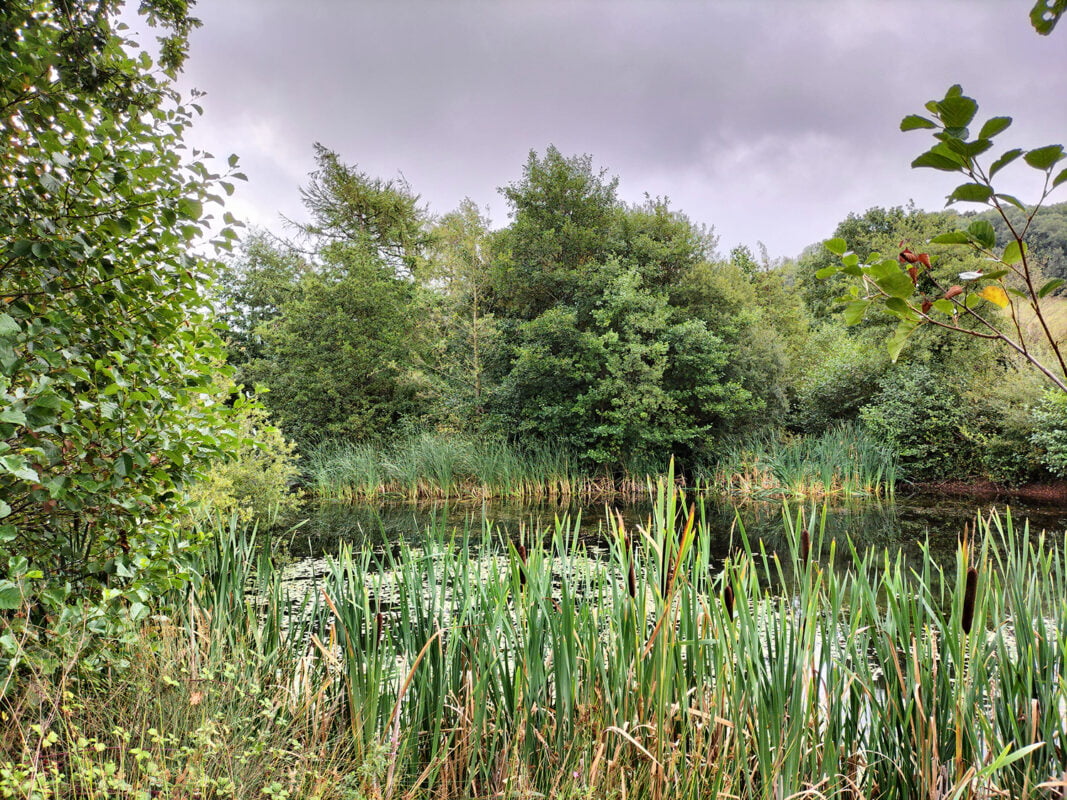
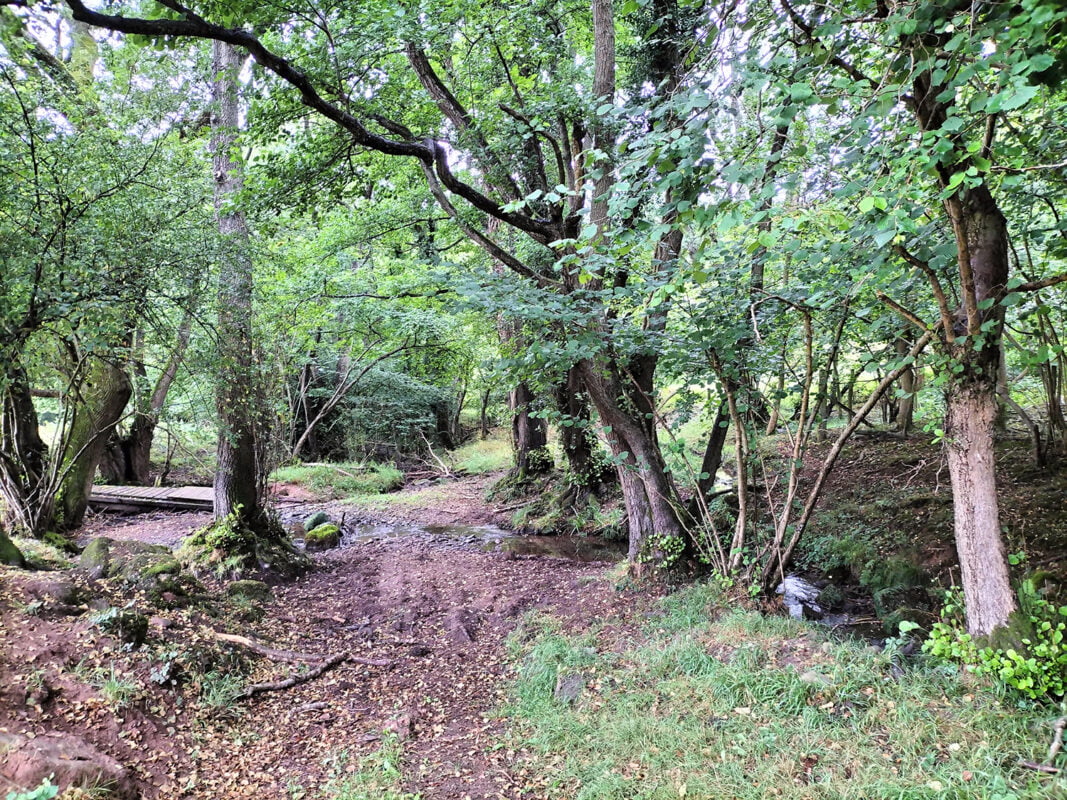
Seven farms proceeded with selected works, which were all installed and established by September 2023. The projects also allowed the AONB to work with new contacts, hopefully facilitating future work. One farmer’s aspiration to undertake further Natural Flood Management (NFM) activity resulted in Monmouthshire County Council issuing an ordinary water consent for the whole of a woodland site, allowing future NFM projects to take place without requiring separate consent applications.
Nick Critchley, Wye Valley AONB Development Officer, said, “The Lower Wye Valley Nature Networks Project has delivered some fabulous habitat enhancement work. The farm advice and opportunity mapping work delivered by TEP was well organised, managed and targeted, developed trusted relationships with farmers and identified a range of beneficial opportunities. The results of which have added value to project work managing SSSIs, by identifying opportunities for enhanced habitat connectivity on private land. Farmers engaged welcomed the advice provided and were enthusiastic to participate. Farmers have carried out some great work and we have developed relationships which will be valuable in our continued work to conserve and enhance the natural beauty of the landscape.”
